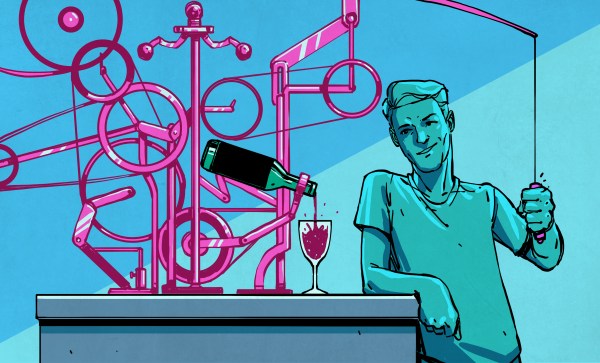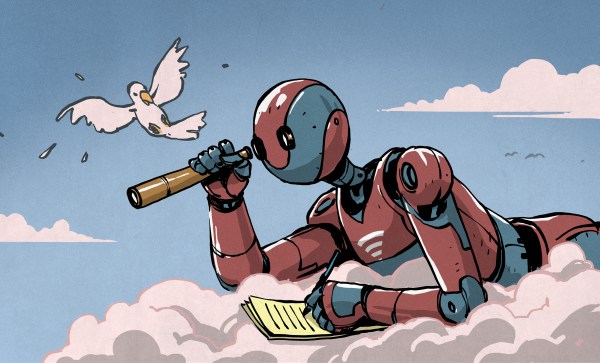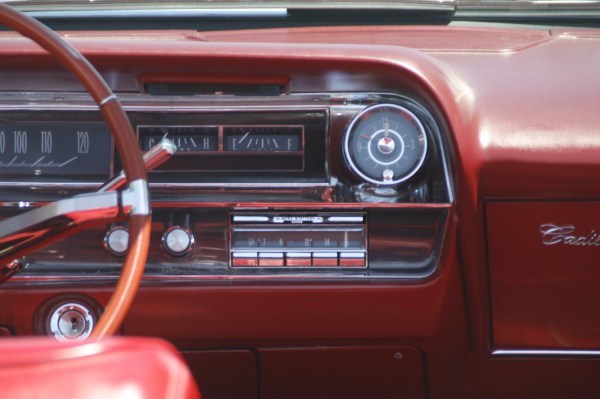Sometimes you pick a project because the world needs it to be done. Or maybe you or a friend need it. Or maybe you don’t really need it, but it fulfills a longstanding dream. In my mind, the last stop before you reach “why am I doing this” is the “just because” hack.
 The ideal “just because” hack is limited in scope. You don’t want to spend years on a whimsical project, and because of this a “just because” hack isn’t usually motivating enough to keep you going that long anyway, except for the tenacious few. A “just because” doesn’t necessarily have to be an easy win, but it makes sense for you to see your way out before you get in too deep.
The ideal “just because” hack is limited in scope. You don’t want to spend years on a whimsical project, and because of this a “just because” hack isn’t usually motivating enough to keep you going that long anyway, except for the tenacious few. A “just because” doesn’t necessarily have to be an easy win, but it makes sense for you to see your way out before you get in too deep.
I’m not sure if it’s the Baader-Meinhof phenomenon or not, but in the last week or so in the Hackaday universe, a lot of people have been singing the praises of “just because” hacks. (Check out this one discussion, for instance.) Mostly, it’s a combination of them turning out better than initially thought, or it’s about the learning that came along for the ride. Of course, many of them spin off into longer, serious projects even if they didn’t start that way.
Not everything in life can be frivolous, of course. But that makes the “just because” hack that much sweeter, and you should try to make mental room for them if you can. When the stakes are low, creativity can be high. You might still want to impose a deadline, lest you fall into eternal yak shaving, but take it easy. You don’t need a justification all the time: the journey can be the destination.


















